Caffeine-Free Foods and Drinks that Naturally Boost Energy
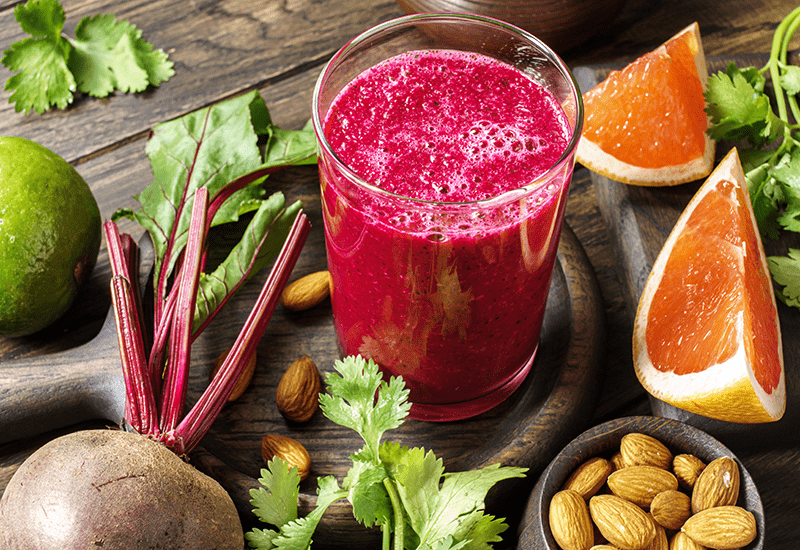
The following article was written by Heinen’s Chief Dietitian, Melanie Jatsek RD, LD. Please consult your healthcare provider before making any substantial changes to your diet.
Listen to this Article
You may think caffeine is the answer whenever you need a little pick-me-up. Sure, it can help, but it doesn’t get to the root of why you are energy depleted in the first place. Besides, how many cups of coffee can you drink before it loses its effect or worse, turns you into a jittery jumping bean.
Over the years I’ve learned that my fatigue isn’t due to a lack of caffeine, but rather it’s a symptom of something deeper. My body is missing nutrients. When I say nutrients, I mean vitamins, minerals, and other substances essential for life and vitality.
Here are four of my favorite strategies for using food to boost my energy levels. Try them for yourself to experience the gentle lift of life-giving foods.
Manage Your Macronutrients
To keep your energy up and your blood sugar from crashing, you need a nice balance of healthy carbohydrates, protein, and fat with each meal.
Whole food carbs should take up most of your plate or bowl. Fruits, vegetables, legumes (beans, peas, lentils), and whole grains (steel cut oats, barley, quinoa, farro, and brown rice) come nicely packaged with fiber, which helps slow blood sugar spikes and keeps you feeling satisfied until your next meal.
Next add a little protein. This can come from plants (beans, lentils, edamame, tofu, nuts, seeds, quinoa) or animal sources like seafood, pasture-raised eggs and chicken, or grass-fed beef. It’s best to keep animal proteins to a few ounces, or the size of the palm of your hand.
Finish off your plate or bowl with a bit of healthy fat. A sprinkle of nuts or seeds, a few slices of avocado, or a drizzle of extra virgin olive oil in place of bottled salad dressings will all do the trick!
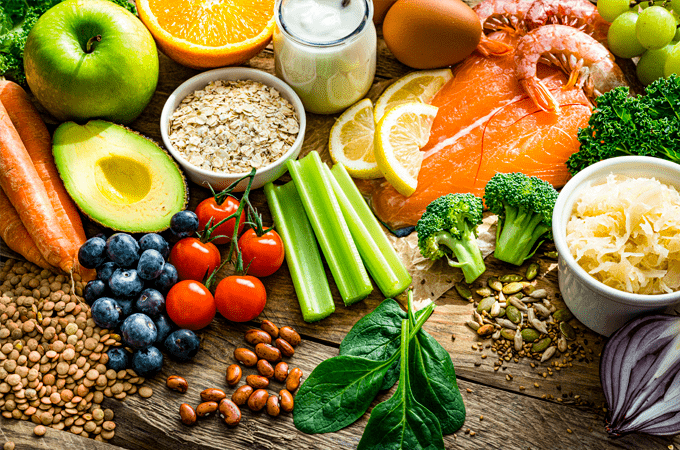
Be Sure to Eat B Vitamins
B vitamins are essential for helping your body make energy from food. Folate, thiamin, riboflavin, and niacin are a few B vitamins you may be familiar with.
Getting plenty of B vitamins from food isn’t tough, especially when you’re eating these plant-based foods on a regular basis:
- Avocados
- Legumes: especially black beans, chickpeas, edamame, pinto beans and lentils
- Leafy greens: especially spinach, collard greens, and turnip greens
- Sunflower seeds
Another natural energy booster is wheatgrass—the freshly sprouted, young grass of the wheat plant. This gluten-free grass is a concentrated source of many nutrients including the green pigment found in plants called chlorophyll (which is an energy booster in its own right!), minerals, and you guessed it, B vitamins!
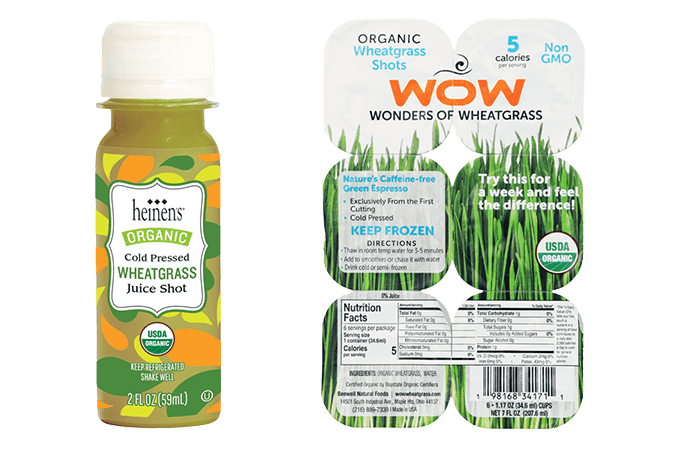
At Heinen’s there are two ways for you to experience the magic of wheatgrass: Heinen’s organic cold-pressed wheatgrass shots (located in the juice cooler) and WOW wheatgrass shots (located in the Frozen Department).
Reach for Nitrate-Rich Produce
The word nitrate is usually thought of as an undesirable preservative in lunch meat. But did you know they take on an entirely different (and desirable) function in plants?
As natural compounds in soil, nitrates are absorbed into certain vegetables, leafy greens, and herbs. When you eat these foods, your body converts the nitrates into nitric oxide, a natural molecule that promotes relaxed blood vessels and increased blood flow, oxygen, and nutrients throughout the body. The result is more energy and improved performance.
To experience this energy boost firsthand, reach for these foods that are naturally rich in nitrates:
- Greens: Swiss chard, spinach, kale, arugula
- Herbs: parsley, dill, basil, thyme
- Beets: fresh beets, Melissa’s steamed beets, and Heinen’s organic beet powder (located in the Wellness Department)
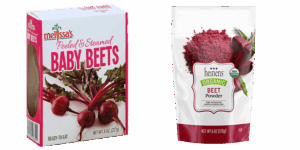
- Garden of Flavor Mean Greens or Twisted Roots juice (Located in the juice cooler)
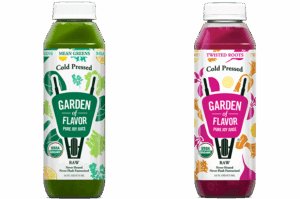
- Huel daily greens powder (Located in the Wellness Department )
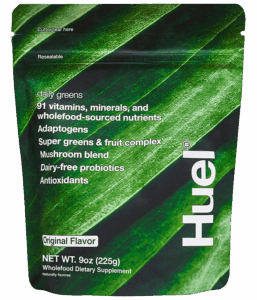
This is why I always feel such an energy boost after drinking my morning smoothie made with raw beets, kale, fresh parsley, and greens powder (along with a bunch of other ingredients!).
Win the Day with Water
Besides thirst, fatigue is another way your body communicates dehydration.
Plan to drink roughly half of your body weight in ounces. For example, if you weigh 150 pounds, drinking around 75 ounces of pure, well-filtered water is a reasonable goal. But don’t leave it to chance! Commit to drinking 16 ounces of water when you first wake up, and another 16 ounces before each of your meals. You are well-hydrated when your urine is a pale yellow, almost clear color.
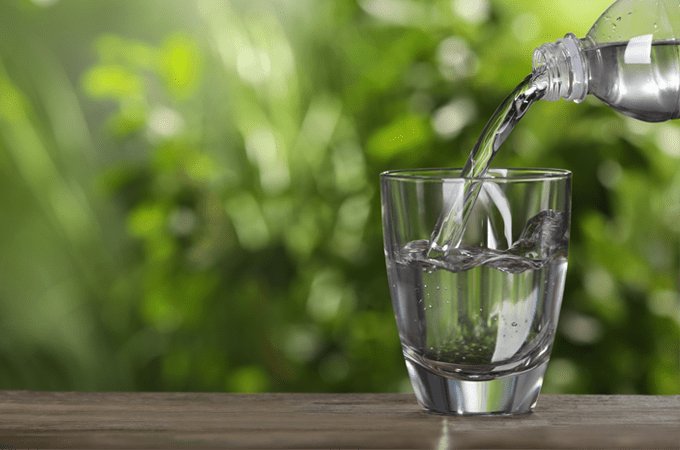
Key Takeaway
If you want to cut back on stimulants like coffee and energy drinks, I’m confident these four tips will help you do just that by lifting your energy levels naturally through better nutrition.


